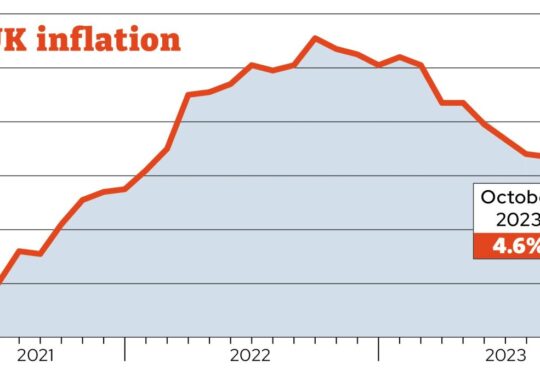

By Lee Halpin
For many people, a personal pension will be an integral part of the tool kit for helping them to achieve a target level of income in retirement.
Whilst the state pension and any workplace pensions are the foundation blocks to this end, the reality is that most people will desire a level of retirement income more than what these will provide. More often than not, a personal pension is the savings vehicle of choice for attempting to meet the shortfall.
There are, of course, other ways to save for later life. But personal pensions truly have competitive advantages. There is tax relief at
the individual’s marginal rate on pension contributions, tax exemptions on investment income and gains, as well as the option to take
a quarter of the fund as a tax-free sum.
Taken together, and generally given the
long-term nature of such an arrangement where compounding over many years can work its magic, this can have a considerable positive impact on boosting pension savings.
However, setting up a personal pension can seem like a daunting task. It can be difficult to navigate through the complexity of decisions involved, and it can be easy to be put off by the time-consuming nature of the task. For some people, this can be enough for them to be put
off making any decisions and abandoning the process altogether.
In the face of such barriers to engagement what can be done to drive better outcomes for consumers and guide them to the right products? How can those who decide they want a personal pension but tend to struggle with the decisions beyond that be helped?
Building on an earlier consultation launched in November 2021, the regulator has recently unveiled a new initiative to simplify the process.
From December 2023, pension providers will have to offer a single default investment option to consumers who do not have a financial adviser. The single default investment option should also incorporate lifestyling, which means investments are automatically de-risked in the run-up to
a target date of retirement.
So, consumers will be able to depend on a pension provider for an investment strategy that meets the general objective of building a pension pot for future access.
This will allow the least engaged or informed investors to have a good investment solution readily available to them and be able to engage with their pension without having to choose the underlying investments.
There are circumstances where providers will not have to offer this option, namely for advised consumers, consumers using discretionary investment management services or for bespoke Self Invested Personal Pensions where investments are self-selected.
Despite this, it does not represent a simple quick fix of the problem that the overall level of engagement with pensions needs to be increased significantly. There still remains decisions to
be taken beyond the choice of the underlying investments.
Pension savers will still need to try to understand what their projected income in retirement might be, how much they will need
to contribute and when they plan to access their pension.
But consumers do not have to go it alone. Independent financial advice is available, for those willing to pay for it.
Research found that while 65 per cent of investors are willing to save for a “rainy day” without taking advice, 81% would seek advice
in relation to starting a pension and 83% in relation to planning for retirement.
This highlights how people can feel uncomfortable about taking on pension decisions for themselves and that there is high demand for professional support.
It is not difficult to see the attraction of a personalised recommendation based on a consumer’s own circumstances and objectives.
Even if you already have an existing personal pension, there is an important reminder here that a personal pension is not a once and done affair.
The worst-case scenario is that what was expected at the outset is not delivered and this is only discovered when it is too late (usually when looking to draw your pension).
If you have not done so, it is always a worthwhile exercise to check your annual pension statement to make sure the projected income available
at retirement remains in line with your expectations.
For the rest, it can be only good news that at least one barrier to entry into a pensions saving vehicle has been removed.
Lee Halpin is head of technical services @sipp.






